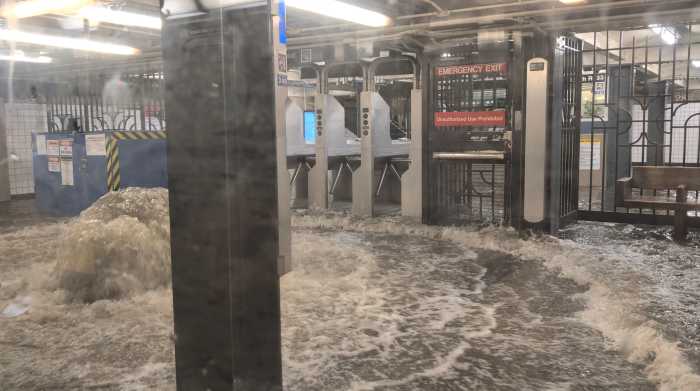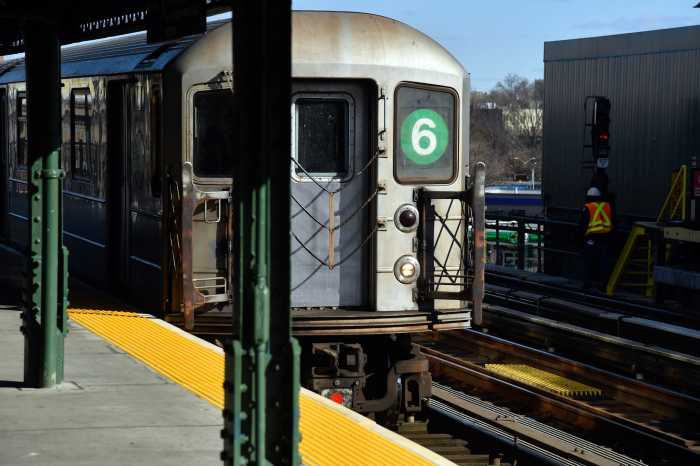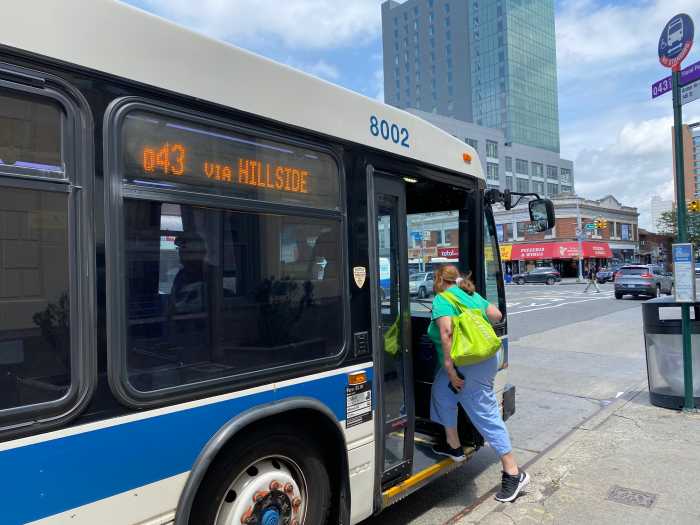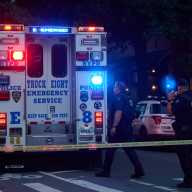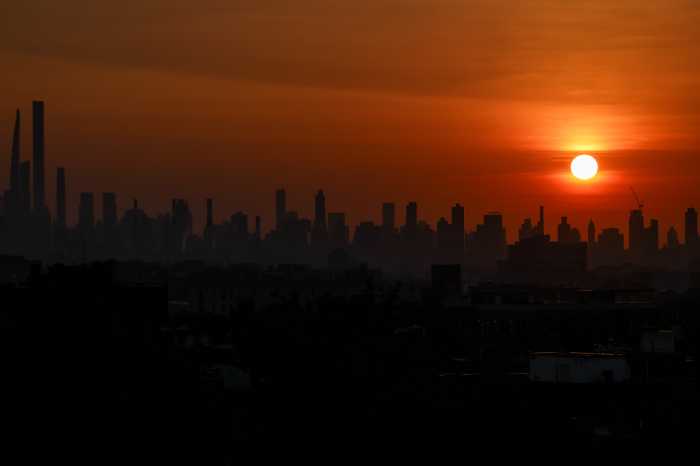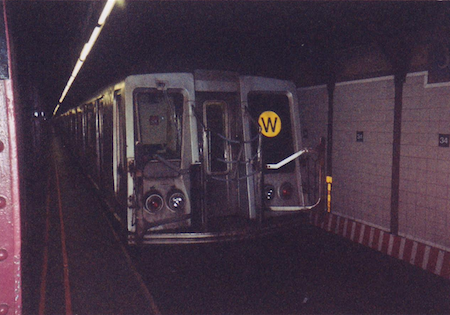
BY JACKSON CHEN | The Metropolitan Transportation Authority is looking to resurrect the W Line that bridged Manhattan and Queens from 2001 until 2010 — a move that would coincide with the Q Line becoming part of the Second Avenue Subway.
The W line traversed along the BMT Broadway route that currently carries the N, Q, and R trains until its service was discontinued in June 2010 because of agency budget cuts. The yellow emblem subway traveled from the Astoria-Ditmars Boulevard stop in Queens to the Whitehall Street stop in Downtown Manhattan, entering Manhattan via the Queensboro Bridge.
Under the MTA’s proposal, the W line would assume its old role of transporting straphangers from Astoria to Whitehall, but with no service on weekends or late nights.
As part of the Second Avenue Subway project, the Q train is set to divert toward Upper Manhattan by the end of the year. Instead of crossing the Queensboro Bridge, the Q train will now stop at the F line’s Lexington Ave/ 63rd Street station and the three new stations on Second Avenue –– at 72nd Street, 86th Street, and 96th Street. Those three stations are expected to open by the end of the year.
If the proposal goes through, the Q line would temporarily terminate at the 57th Street/ Fifth Avenue station until the three new stations are operational.
On February 22, the agency’s transit and bus committee approved of the plan to revive the W line as well as final contract modifications for the Second Avenue Subway’s first phase. If implemented, the costs of bringing back the W line would total an annual $13.7 million for the agency.
As for the progress on the much-awaited Second Avenue Subway, the agency said the 96th Street Station has switched from temporary construction power to a permanent power supply and workers have completed the last of the new line’s track crossovers allowing trains to switch tracks. The full length of the Second Avenue Subway Project, which is split into four phases, would travel the length of Manhattan’s East Side from the existing Lexington Avenue Subway 125th Street station in Harlem to a new Hanover Square station in Lower Manhattan, though the time horizon on the entire length is well over a decade.
“With every day’s work on the Second Avenue Subway, the MTA gets closer to fulfilling a promise first made to New Yorkers in 1929,” said MTA chair and CEO Thomas F. Prendergast in a statement. “Opening the Second Avenue Subway will provide new options for our customers and relieve congestion on Lexington Avenue 4, 5, 6 trains.”
At a February 24 MTA full board meeting, the agency approved an extra $66 million to be pumped into the Second Avenue Subway project to make sure the MTA meets the first phase December 2016 deadline.
The MTA is also planning some service changes as part of its W line proposal. According to the agency, the N line would operate express in Manhattan on weekdays during peak hours, midday, and evenings. The Q line will run local between Brooklyn and Manhattan during late nights.
Following approval by the MTA board, the agency plans to bring the W line revival to a public hearing this spring.



